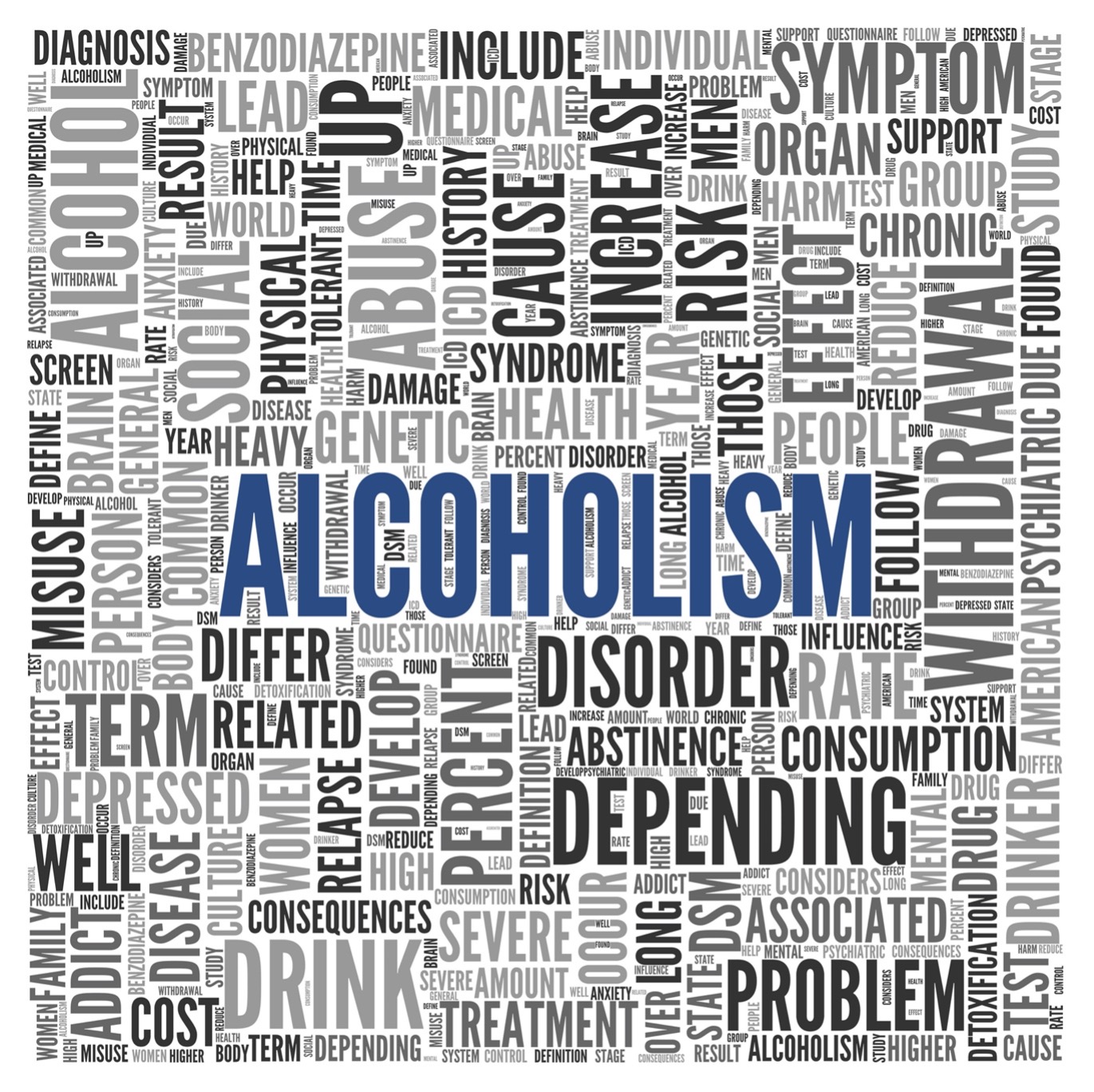
The History of Alcohol Awareness Month
The National Council on Alcoholism and Drug Dependence (NCADD) first announced Alcohol Awareness Month in 1987.1 They recognized that many people had a false idea of what someone with an alcohol problem “looked like.” These false perceptions allowed many so-called “high-functioning alcoholics” to fly under the radar unnoticed.
NCADD’s goal with Alcohol Awareness Month was to encourage people to learn more about alcoholism (now referred to as alcohol use disorder). Raising awareness reduces the stigma, shame, and embarrassment that surrounds the false assumptions about problem drinking. This helps people who were suffering in silence come forward about their problem drinking behaviors.
Alcohol-Free Weekend kicks off the campaign and takes place the first weekend in April. It is a pivotal event for Alcohol Awareness Month because it encourages people to take an honest look at their drinking. 72 alcohol-free hours are a simple feat for someone who doesn’t have a problem with alcohol. If someone has difficulties going three days without a drink, though, this could be a sign of a larger problem.
What is “Just One Drink”?
- 12 ounces of beer at 5% alcohol
- 5 ounces of wine at 12% alcohol
- 1.5 ounces of liquor at 40% alcohol
Differentiating Between Drinking Levels
- Drinking in moderation
- Binge drinking
- Heavy alcohol use
- Alcohol use disorder
Drinking in Moderation
Binge Drinking
Heavy Alcohol Use
Alcohol Use Disorder
How to Recognize the Signs of Alcohol Abuse and Alcohol Use Disorder
- They drink greater amounts or for longer periods than initially planned
- They have problems at work, school, or home because of their drinking
- They drink to feel better when they are sad, nervous, depressed, or anxious
- They feel short-tempered, irritable, or frustrated when not drinking
- They try to cut back or stop drinking but are not able to
- They spend a lot of time drinking or being sick as a result of drinking
- They continue drinking despite developing negative health consequences
- They think or talk constantly about drinking
- They need to drink more to achieve the effects they want to feel
- They experience withdrawal symptoms after going some time without a drink
Find Help for Alcohol Abuse at Clearview Treatment Programs
Thankfully, alcohol abuse and alcohol use disorder is not the end of the road. Treatment facilities are available to help people struggling to control their drinking. There are varying levels of care to meet the needs of each person looking for help, from inpatient treatment and partial hospitalization programs to intensive outpatient programs and alcohol counseling.
Clearview Treatment Programs is the premier treatment network in Southern California, offering programs for those trying to overcome their alcohol problem. If you or a loved one cannot stop drinking, Clearview can help. We offer a range of services to help anyone who wants to quit drinking and have been the leaders in behavioral healthcare in the area for the last 20 years.
To learn more about the programs available at Clearview, please reach out to us. Our admissions team is waiting to answer your questions and connect you with the program that’s right for you or your loved one today!
Sources
- National Council on Alcoholism and Drug Dependence. (2021). Alcohol Awareness Month.
- Drinking Patterns and Their Definitions. (2018). Alcohol Research Current Reviews.
- National Institute on Alcohol Abuse and Alcoholism. (2022). Drinking Levels Defined.
- Substance Use and Mental Health Services Administration. (2021). Results from the 2020 National Survey on Drug Use and Health.
- National Institute on Alcohol Abuse and Alcoholism. (2016). Alcohol Use Disorder.



